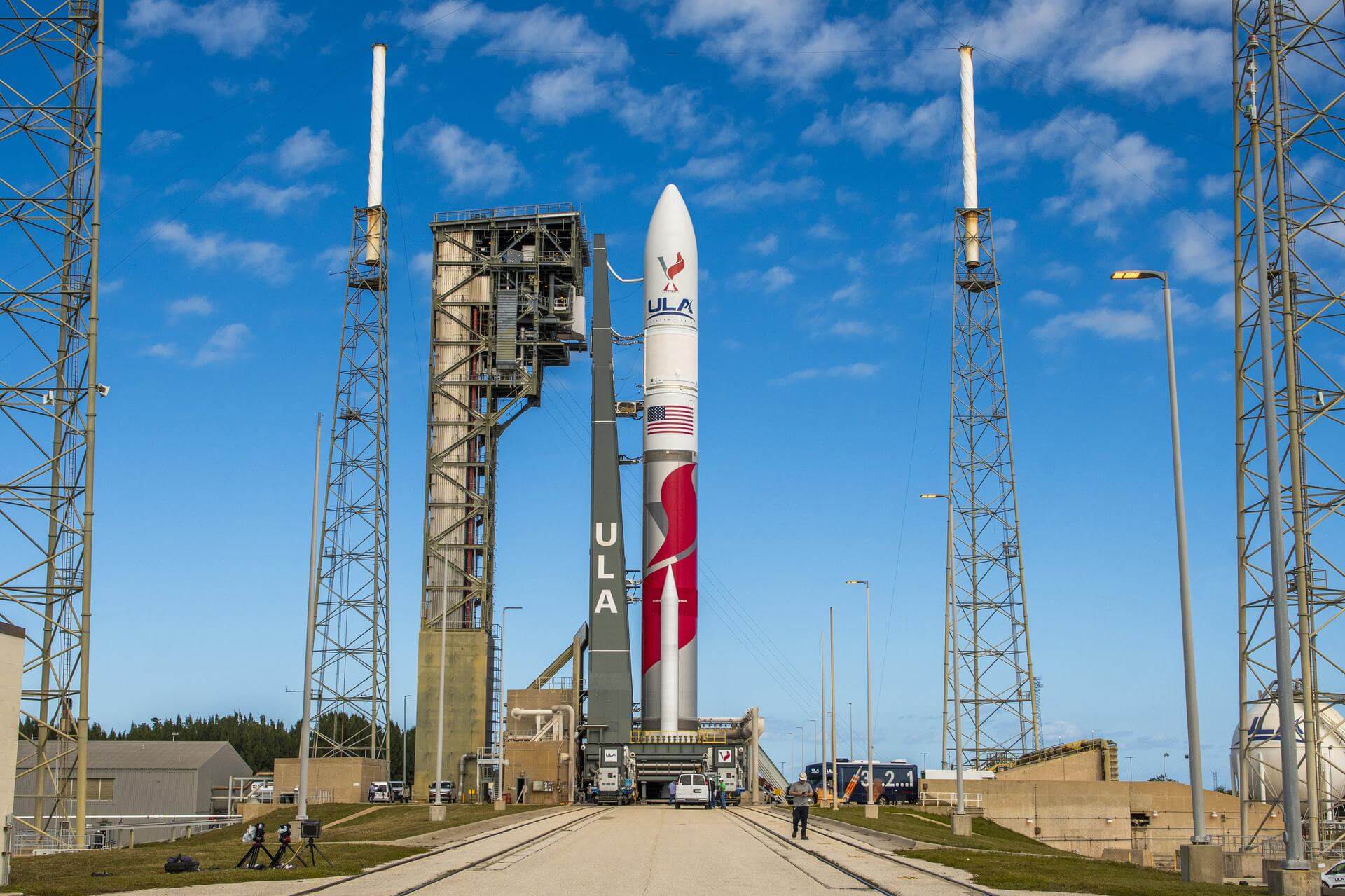Space launches
Filters
Mission type: Astrophysics | Communications | Dedicated Rideshare | Earth Science | Government/Top Secret | Human Exploration | Lunar Exploration | Mission Extension | Navigation | Resupply | Robotic Exploration | Space Situational Awareness | Technology | Test Flight | Tourism | Unknown
Vehicle: 🗙 Ariane 62 | Ariane 64 | Atlas V 551 | Atlas V N22 | Electron | Falcon 9 Block 5 | Falcon Heavy | Firefly Alpha | Gaganyaan Abort Test Booster | GSLV Mk. II | H3-22 | H3-30 | HANBIT-Nano | Launch Vehicle Mark-3 (GSLV Mk III) | Long March 3B/E | Long March 7A | Long March 8A | Minotaur IV | Neutron | New Glenn | New Shepard | Pegasus XL | Proton-M Blok DM-03 | PSLV | PSLV XL | Soyuz 2.1a | Soyuz 2.1b Fregat | Soyuz 2.1b Fregat-M | Soyuz-5 | Space Launch System Block 1 | Spectrum | Starship V3 | Themis Demonstrator | Unknown Launch Vehicle | Vega-C | Vikram-I | Vulcan | Vulcan VC6L
Orbit: Elliptical Orbit | Geostationary Orbit | Geostationary Transfer Orbit | Geosynchronous Transfer Orbit | Low Earth Orbit | Lunar Orbit | Lunar flyby | Medium Earth Orbit | Polar Orbit | Suborbital | Sun-Synchronous Orbit | Unknown
Month

First of three Next Generation Overhead Persistent Infrared geostationary satellites designed for missile warning.
Quarter 1

Ninth of ten GPS III missions.
Quarter 1

USSF-87 will launch two identical Geosynchronous Space Situational Awareness Program (GSSAP) satellites GSSAP-7 and GSSAP-8 directly to a near-geosynchronous orbit approximately 36,000 km above the equator.
Data from the GSSAP will uniquely contribute to timely and accurate orbital predictions, further enabling space flight safety including satellite collision avoidance.
Quarter 1

Last mission of the Wideband Global SatCom (WGS) series.